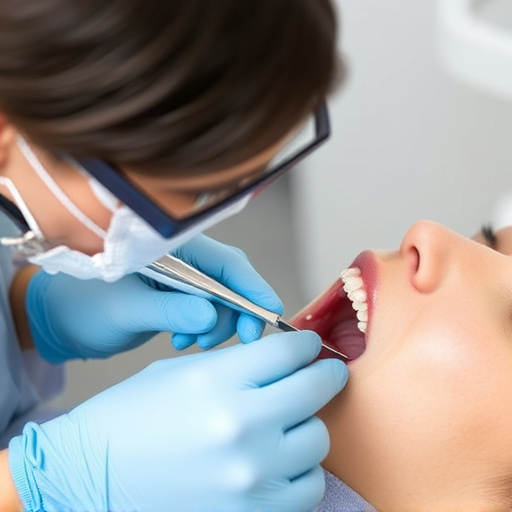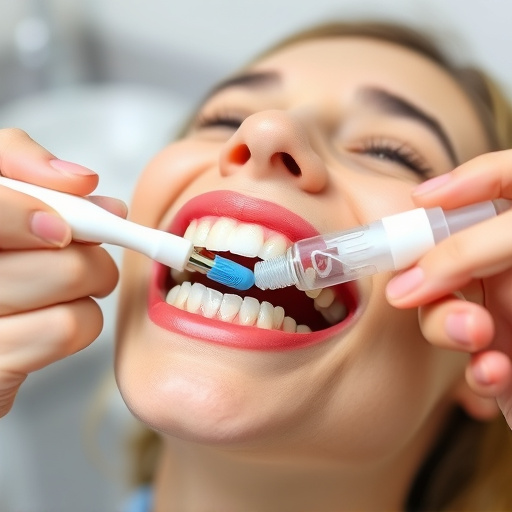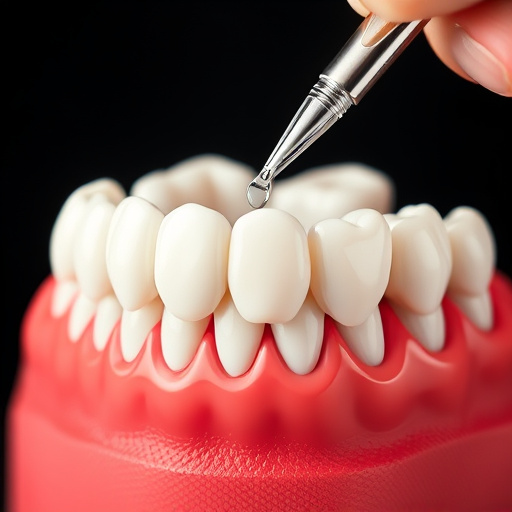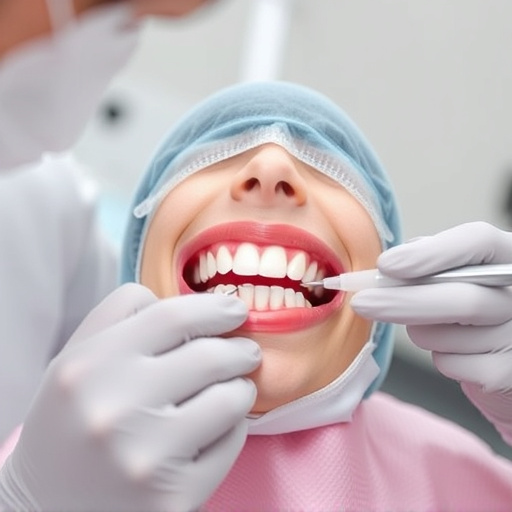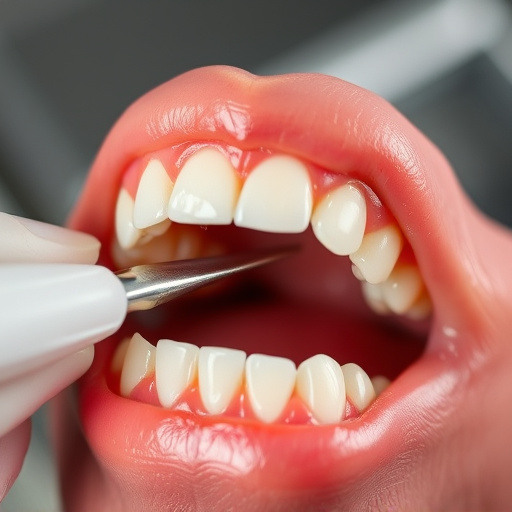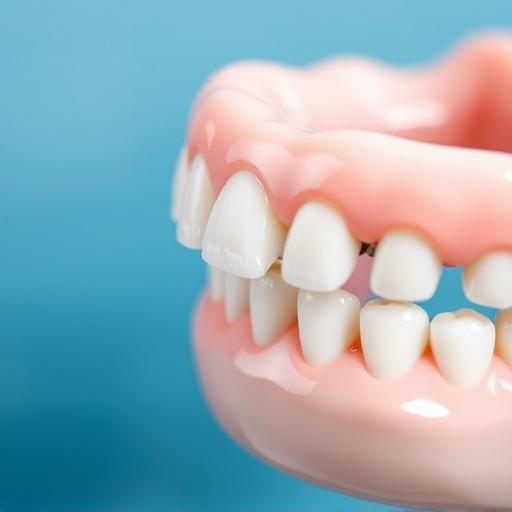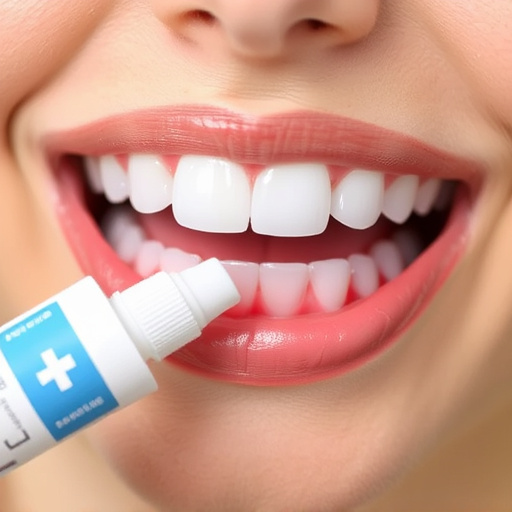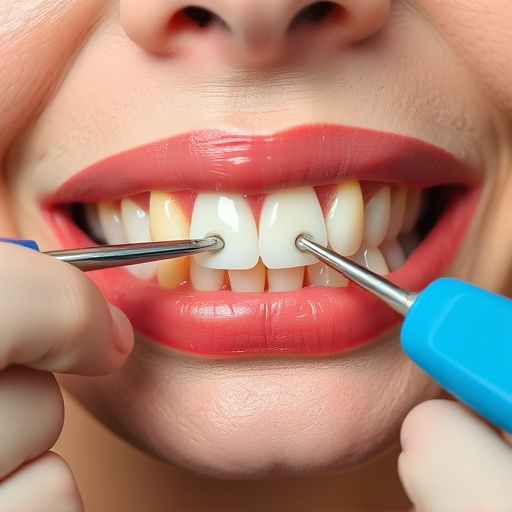The shift from traditional film radiography to digital dental X-rays has significantly transformed modern dental practices. These advanced images offer improved quality, reduced radiation, faster processing, and easier data sharing, facilitating accurate diagnoses and treatment planning. Introduced in the late 20th century, digital dental X-rays provide clear visuals for procedures like bonding, aid in detecting cavities and gum disease, and enable dentists to track oral health changes over time, making them invaluable for routine exams and tooth repair.
“The evolution of dental imaging has reached a new peak with the advent of digital dental X-rays, now a standard feature in modern clinics. This innovative technology marks a significant departure from traditional film radiography, offering enhanced clarity and efficiency.
Digital dental X-rays not only provide detailed insights into oral health but also streamline dental practices by simplifying data storage and analysis. This article explores the history of dental radiography, delves into the science behind digital X-ray machines, highlights their applications, and discusses how modern clinics manage and interpret these valuable results, ensuring superior patient care.”
- The Evolution of Dental Imaging: Why Digital X-Rays Are the New Standard
- – A brief history of dental radiography
- – Advantages of digital over traditional film x-rays
The Evolution of Dental Imaging: Why Digital X-Rays Are the New Standard
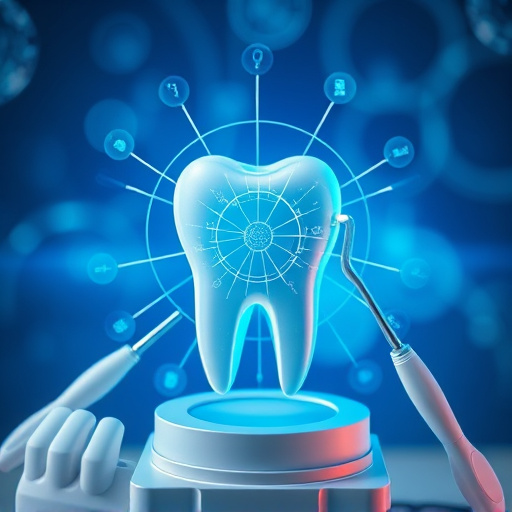
The evolution of dental imaging technology has brought about a significant shift from traditional film radiography to the digital dental X-rays that are now the new standard in modern clinics. This advancement offers numerous benefits, improving efficiency and accuracy in diagnosis and treatment planning. Digital X-rays provide clear, detailed images of the teeth and mouth, allowing dentists to detect even the smallest abnormalities or issues early on.
Compared to film X-rays, digital versions offer better image quality, reduce patient exposure to radiation, and minimize the environmental impact associated with chemical processing. They also streamline the process of sharing and storing patient records, as these images can be easily transferred, viewed, and archived digitally. This accessibility is particularly beneficial for specialized procedures like tooth extractions, restorative dentistry, and preventive dentistry, enabling dentists to make informed decisions based on precise visual data.
– A brief history of dental radiography
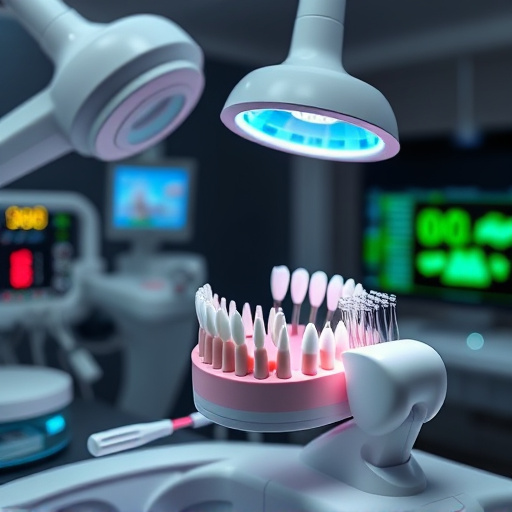
The history of dental radiography, or dental imaging as it’s also known, dates back to the late 19th century. The pioneer of this field was a German physicist named Wilhelm Röntgen, who discovered X-rays in 1895. This groundbreaking invention quickly found its way into dentistry, revolutionizing how dental professionals diagnosed and treated various oral conditions. In the early days, conventional film radiography was the primary method used to capture these images. Over time, technology advanced, leading to the development of digital dental x-rays in the late 20th century.
Digital dental X-rays have since become an integral part of modern dentistry, offering numerous advantages over traditional film methods. They provide clearer, more detailed images, making it easier for general dentists and emergency dental care providers to identify issues like cavities, gum disease, or even signs of oral cancer. Moreover, digital imaging is faster, environmentally friendly, and allows for immediate image review, facilitating efficient patient treatment planning, including procedures like dental bonding.
– Advantages of digital over traditional film x-rays
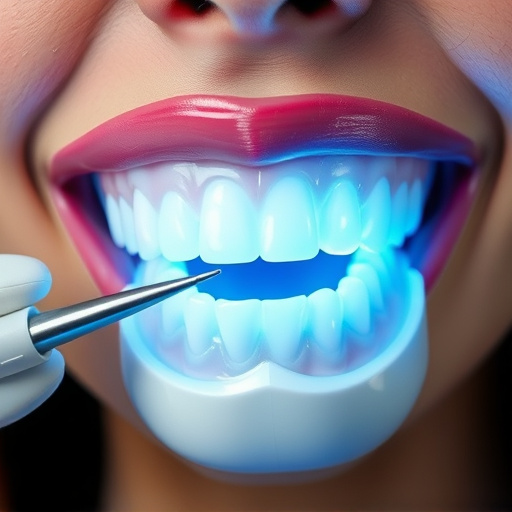
Digital dental X-rays have revolutionized the way modern clinics conduct diagnostic imaging. Compared to traditional film X-rays, digital options offer several advantages that improve both the efficiency and effectiveness of dental care. One key benefit is the immediate availability of high-quality images, allowing dentists to review and diagnose conditions promptly. This speed enhances patient comfort, as there’s no need for lengthy waiting times while films are processed.
Additionally, digital X-rays reduce radiation exposure significantly, making them a safer choice for patients’ overall health. They also facilitate easier storage and sharing of dental records, as images can be digitally saved, transmitted, and backed up securely. This accessibility is beneficial for routine oral exams and tooth repair procedures, as it allows dentists to track changes over time and make informed decisions regarding patient care. Furthermore, digital imaging enables advanced features like enhanced contrast and zoom capabilities, providing more detailed insights into dental health without the need for additional films or complicated processes.
Digital dental X-rays have revolutionized the way we practice dentistry, offering a clearer and more efficient view of oral health. With their numerous advantages over traditional film X-rays, it’s no wonder they’ve become the new standard in modern clinics. This innovative technology not only improves diagnostic accuracy but also enhances patient comfort and safety. As dental practices continue to embrace digital solutions, patients can expect faster, more effective care while enjoying the benefits of advanced imaging technology.







